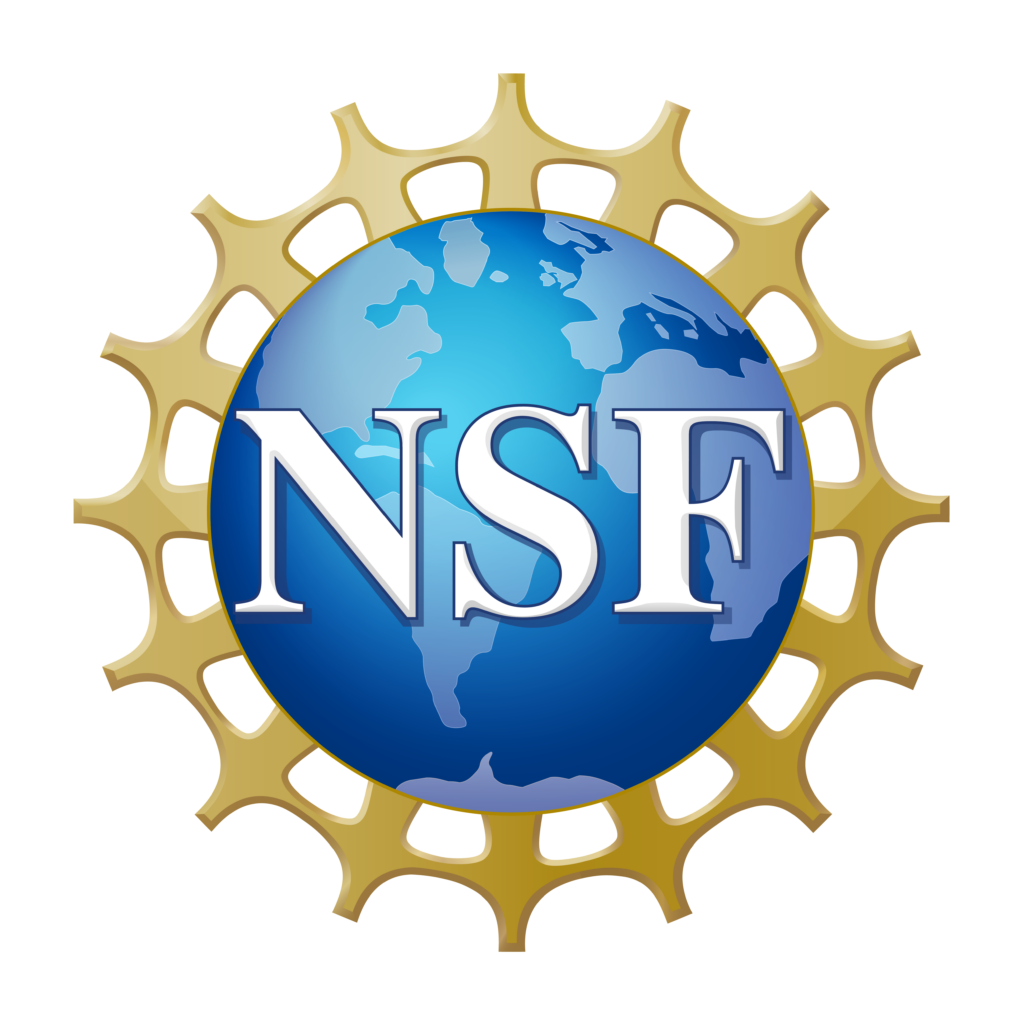What are we trying to achieve ?
Despite the great progresses in the development of viscoplastic theories for the predictions of inelastic properties via internal state variable (ISV) formalism in thermodynamics of irreversible processes, viscoplastic models fall short in predicting hereditary effects in metals and alloys. The causes for this are found at the micro-scale, i.e., a lack of understanding of what microstructural features are responsible, and at the macro-scale, i.e., a suitable mathematical framework has not been developed–ISVs evolve according to first-order ordinary differential equations and are, therefore, point functionals that have no memory path in the current viscoplastic constitutive models. What we propose will enhance the fundamental understanding of hereditary deformations along with better aligning mathematics with physical observations. This is made possible by means of a cutting-edge multi-scale experimental and computational approach, which has, to date, never been attempted.
In situ high-temperature nano-mechanical transmission electron microscopy and high energy X-ray diffraction microscopy will be performed at Penn State to determine the role played by immobile and mobile dislocations in hereditary deformations. A fractional-order crystalplasticity model will be formulated that is informed by measured activation volumes, uniting the mathematics with the physics of materials. The unique scale-spanning experimental and computational approach will advance the scientific understanding of high-temperature deformation mechanisms in monotonic and cyclic loading as well as the modeling capabilities in all fields of Solid Mechanics, which will, for instance, allow for a more faithful modeling of ratcheting behavior.

Here is the grant we obtained to work on this topic:
- NSF : Collaborative Research: Embedding Material-Informed History through Fractional Calculus State Variable Formulations↗ (PI : J.B. le Graverend, Co-PI : D. Pagan ; $667,124 ; June 2024-May 2027)
Where can that be used?
The proposed project will advance the modeling of high-temperature engineering systems by setting up a thermomechanical-path-sensitive framework and provide this framework to the mechanics community through deployment as open-source software. This will be of particular benefit to the power industries in which materials used are exposed to varying temperatures and thermal gradients that drive ratcheting problems – a major issue in mechanics to this day. The change in the notion of modeling hereditary deformations will break technological and cultural bottlenecks to bringing new materials into applications and help improve safety for extremely demanding applications. In the future, this approach may be extended to polycrystalline materials and used by metallurgists to create guidelines for grain-boundary engineering. Furthermore, the in situ measurements of dislocations will be of value to discrete dynamics dislocations (DDD) modeling communities.
Who is involved?
J.-B. le Graverend (PI)
D. Pagan (Co-PI)
Who is funding?

National Science Fondation
Publications and Conferences
Coming

